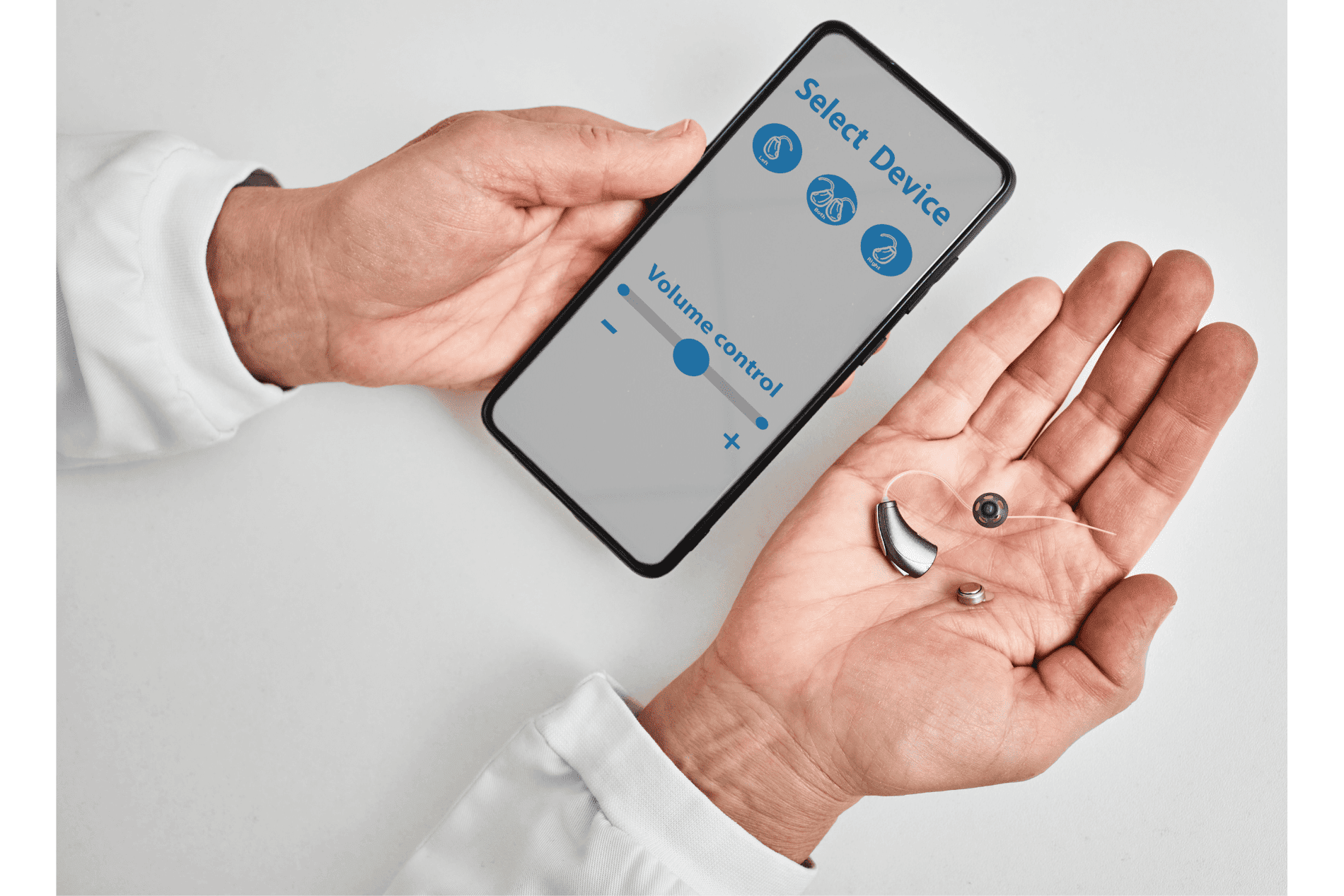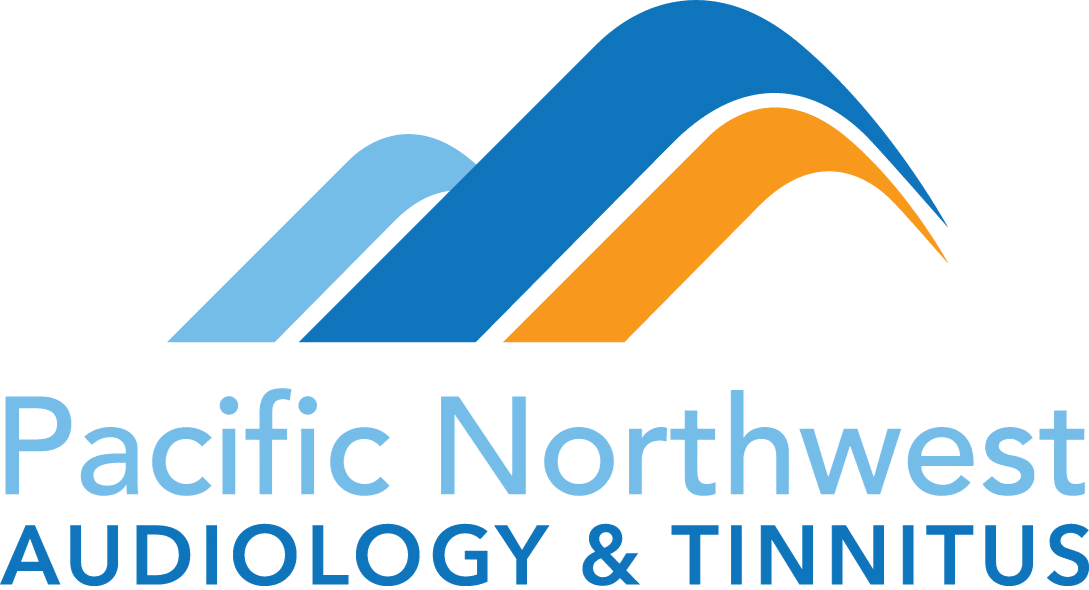
Throughout history, humanity has continuously strived to find solutions for hearing loss. From ancient civilizations to modern societies, the evolution of hearing aids tells a remarkable tale of human ingenuity. Let’s take a journey through time and trace the fascinating history of hearing aids.
The Ancient Era
Evidence from ancient civilizations hints at early attempts to amplify sound. Some of the earliest amplification devices were hollowed animal horns that helped direct sound waves into the ear canal. This could increase the volume of sounds to help those with hearing loss follow conversations more easily.
The Middle Ages and Renaissance
During the Middle Ages, advancements in hearing aids were relatively limited. In the 17th century, it’s thought that people started using mouth trumpets to improve hearing. This device was a cone-shaped instrument. One end would be placed near the ear canal, and someone would speak into the other end. This amplified the volume of sound and may have been used to help those with hearing loss hear more clearly.
The Acoustic Era
The 19th century marked the beginning of what is commonly referred to as the acoustic era for hearing aids. During this time, people with hearing loss started using devices called ear trumpets. This rudimentary device was designed to channel sound into the ear. Ear trumpets were constructed from various materials such as metal, wood, or porcelain, and they could provide some sound amplification.
Electronic Advancements
The 20th century witnessed groundbreaking advancements in electronics, leading to significant developments in hearing aid technology. During this time, people started using electronic devices that served as early versions of our modern hearing aids.
In 1901, Miller Reese Hutchinson invented the first electrically powered hearing aid known as the Akouphone. This device used carbon transmitters and receivers to amplify sound. The Akouphone was a tabletop device, and while it represents an early electrically powered hearing aid, it was not a portable device.
Miniaturization and Transistors
The introduction of transistors in the 1950s completely revolutionized hearing aids. During this time, hearing aids became smaller and more efficient devices. Transistors replaced bulky vacuum tubes, enabling the development of body-worn and behind-the-ear (BTE) hearing aids. These devices offered improved comfort, sound quality, and accessibility. During this period, hearing aids became more accessible and more people started using hearing aids.
The Digital Revolution
In the 1990s, the advent of digital technology brought about a revolutionary shift in hearing aid technology. Analog hearing aids gradually gave way to digital devices. These hearing aids offered superior sound quality, improved noise reduction, and more features to improve hearing. Digital signal processing allowed for customizable programming, adaptive directional microphones, and feedback cancellation.
Digital hearing aids offer enhanced sound amplification and much better sound clarity. Modern hearing aids still use digital technology to give us all the advanced programs and features we love in our modern devices.
Wireless Connectivity and Artificial Intelligence
In recent years, hearing aids have become more sophisticated. They incorporate wireless connectivity and artificial intelligence (AI) capabilities to offer superb hearing. Wireless hearing aids can connect to smartphones, televisions, and other devices, enabling direct streaming of audio content. AI algorithms are being implemented to evaluate sound environments and automatically optimize hearing aid settings for different listening situations.
These advancements offer enhanced user experiences and better treatment options. Not only that, but modern hearing aids have become smaller and more compact. Along with behind-the-ear devices, we now have in-the-ear and in-the-canal devices to suit a range of hearing needs and lifestyles.
Book Your Next Hearing Test
The history of hearing aids showcases humanity’s drive for innovation. From the first ancient attempts to modern technological marvels, hearing aids have transformed countless lives. Are you ready to find out what happens next? To prioritize your hearing health, schedule a comprehensive hearing test to find out more about your hearing needs. Together we’ll find the perfect hearing aids to improve your hearing today.
